Hemlata Sharma
A Systematic Review of Generative AI for Teaching and Learning Practice
Jun 13, 2024



Abstract:The use of generative artificial intelligence (GenAI) in academia is a subjective and hotly debated topic. Currently, there are no agreed guidelines towards the usage of GenAI systems in higher education (HE) and, thus, it is still unclear how to make effective use of the technology for teaching and learning practice. This paper provides an overview of the current state of research on GenAI for teaching and learning in HE. To this end, this study conducted a systematic review of relevant studies indexed by Scopus, using the preferred reporting items for systematic reviews and meta-analyses (PRISMA) guidelines. The search criteria revealed a total of 625 research papers, of which 355 met the final inclusion criteria. The findings from the review showed the current state and the future trends in documents, citations, document sources/authors, keywords, and co-authorship. The research gaps identified suggest that while some authors have looked at understanding the detection of AI-generated text, it may be beneficial to understand how GenAI can be incorporated into supporting the educational curriculum for assessments, teaching, and learning delivery. Furthermore, there is a need for additional interdisciplinary, multidimensional studies in HE through collaboration. This will strengthen the awareness and understanding of students, tutors, and other stakeholders, which will be instrumental in formulating guidelines, frameworks, and policies for GenAI usage.
* 20 pages, 10 figures, article published in Education Sciences
Higher education assessment practice in the era of generative AI tools
Apr 01, 2024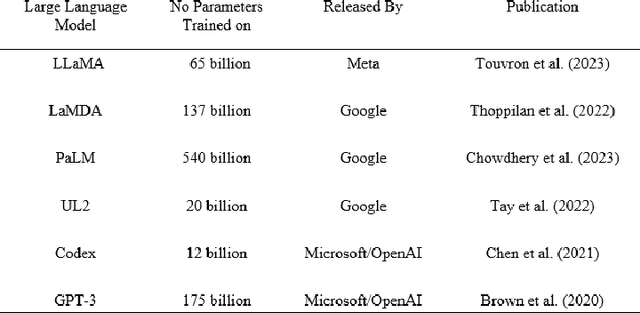
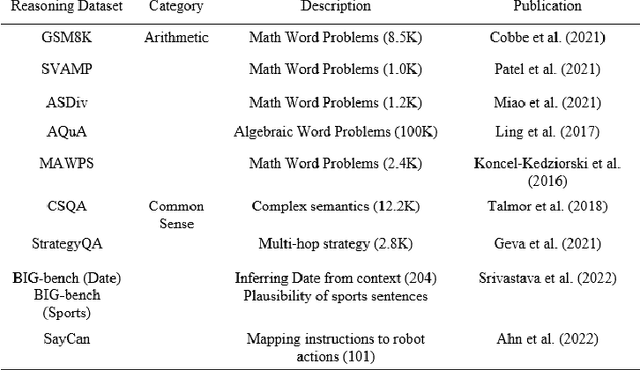
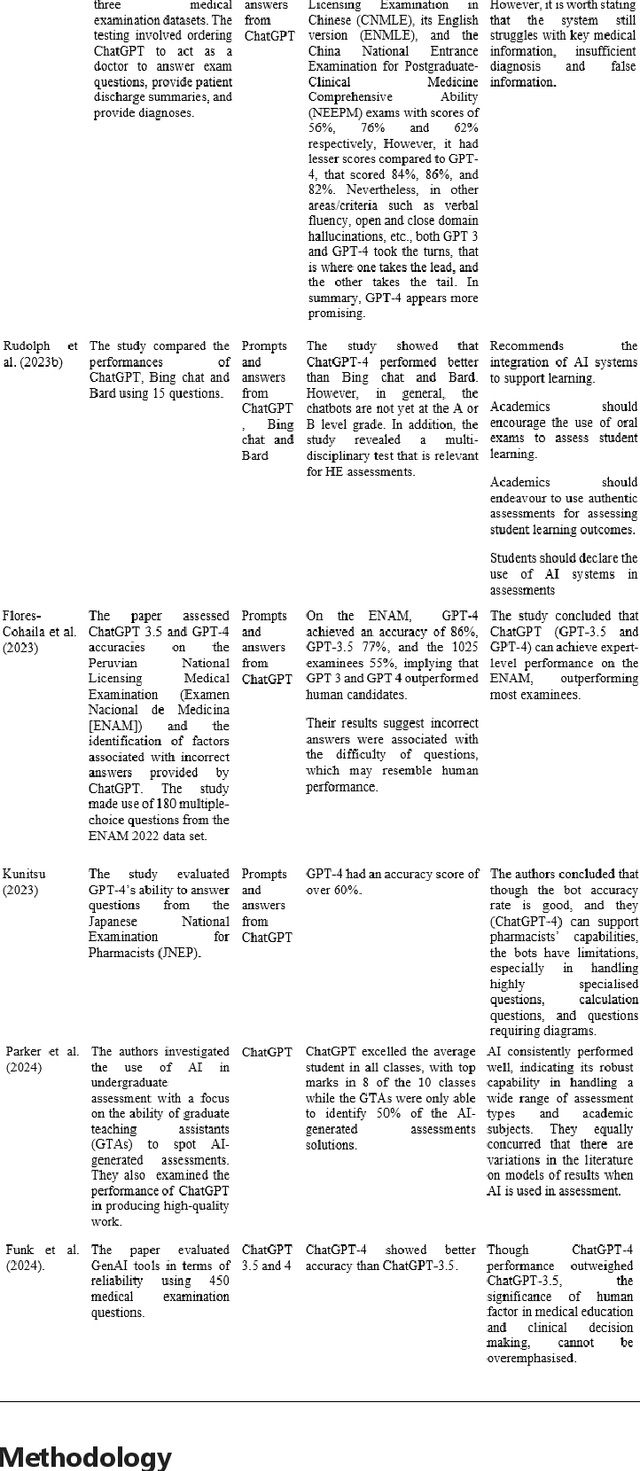
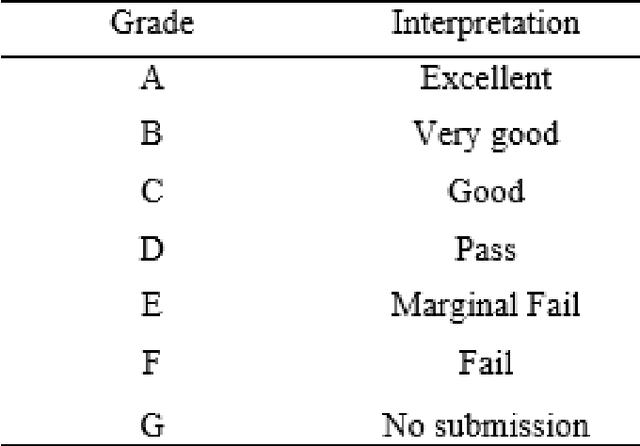
Abstract:The higher education (HE) sector benefits every nation's economy and society at large. However, their contributions are challenged by advanced technologies like generative artificial intelligence (GenAI) tools. In this paper, we provide a comprehensive assessment of GenAI tools towards assessment and pedagogic practice and, subsequently, discuss the potential impacts. This study experimented using three assessment instruments from data science, data analytics, and construction management disciplines. Our findings are two-fold: first, the findings revealed that GenAI tools exhibit subject knowledge, problem-solving, analytical, critical thinking, and presentation skills and thus can limit learning when used unethically. Secondly, the design of the assessment of certain disciplines revealed the limitations of the GenAI tools. Based on our findings, we made recommendations on how AI tools can be utilised for teaching and learning in HE.
* 11 pages, 7 tables published in the Journal of Applied Learning & Teaching
An Optimal House Price Prediction Algorithm: XGBoost
Feb 06, 2024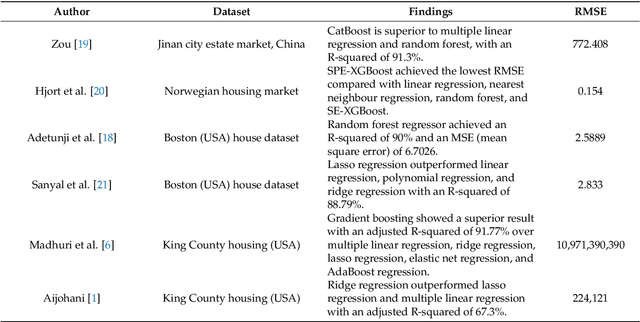

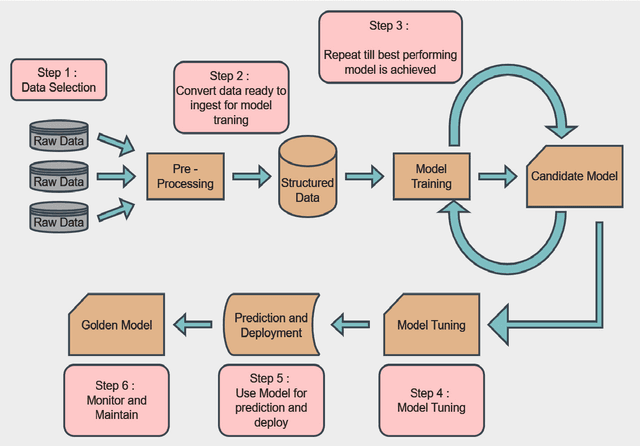

Abstract:An accurate prediction of house prices is a fundamental requirement for various sectors including real estate and mortgage lending. It is widely recognized that a property value is not solely determined by its physical attributes but is significantly influenced by its surrounding neighbourhood. Meeting the diverse housing needs of individuals while balancing budget constraints is a primary concern for real estate developers. To this end, we addressed the house price prediction problem as a regression task and thus employed various machine learning techniques capable of expressing the significance of independent variables. We made use of the housing dataset of Ames City in Iowa, USA to compare support vector regressor, random forest regressor, XGBoost, multilayer perceptron and multiple linear regression algorithms for house price prediction. Afterwards, we identified the key factors that influence housing costs. Our results show that XGBoost is the best performing model for house price prediction.
* 16 pages, Journal of Analytics
Analysing the Influence of Macroeconomic Factors on Credit Risk in the UK Banking Sector
Jan 26, 2024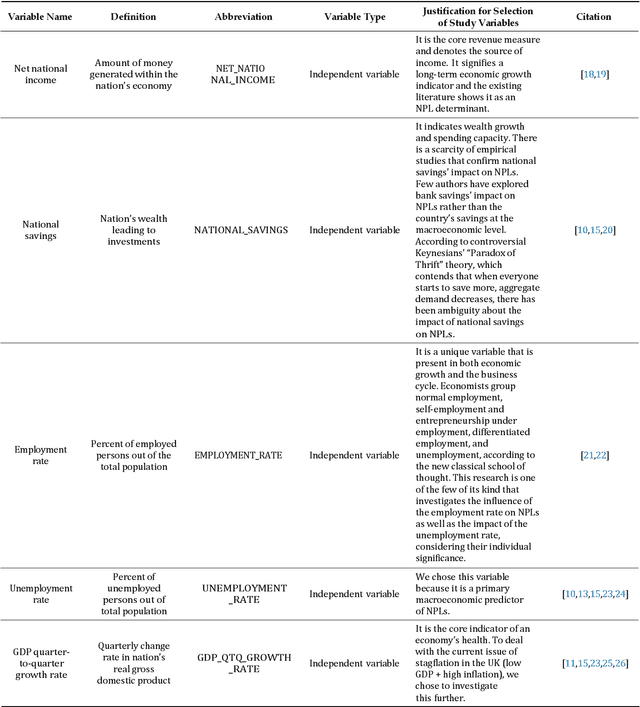
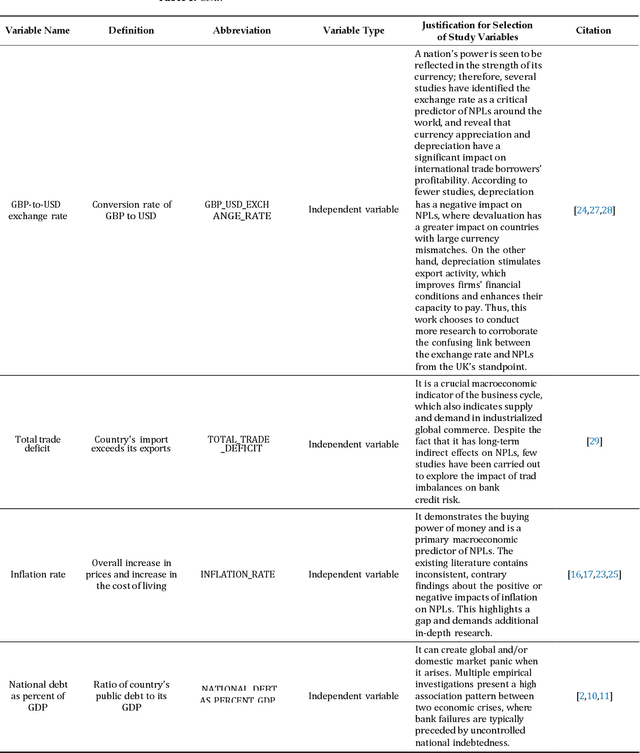
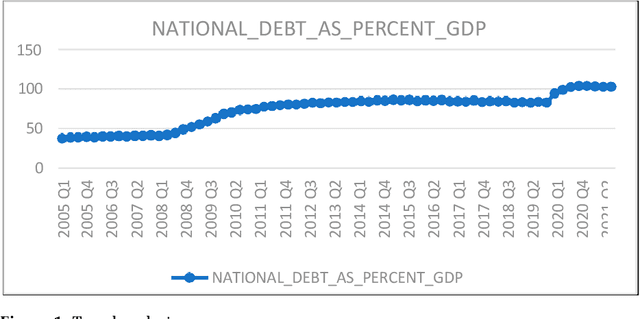
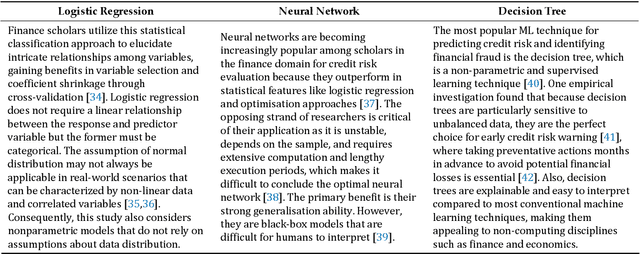
Abstract:Macroeconomic factors have a critical impact on banking credit risk, which cannot be directly controlled by banks, and therefore, there is a need for an early credit risk warning system based on the macroeconomy. By comparing different predictive models (traditional statistical and machine learning algorithms), this study aims to examine the macroeconomic determinants impact on the UK banking credit risk and assess the most accurate credit risk estimate using predictive analytics. This study found that the variance-based multi-split decision tree algorithm is the most precise predictive model with interpretable, reliable, and robust results. Our model performance achieved 95% accuracy and evidenced that unemployment and inflation rate are significant credit risk predictors in the UK banking context. Our findings provided valuable insights such as a positive association between credit risk and inflation, the unemployment rate, and national savings, as well as a negative relationship between credit risk and national debt, total trade deficit, and national income. In addition, we empirically showed the relationship between national savings and non-performing loans, thus proving the paradox of thrift. These findings benefit the credit risk management team in monitoring the macroeconomic factors thresholds and implementing critical reforms to mitigate credit risk.
 Add to Chrome
Add to Chrome Add to Firefox
Add to Firefox Add to Edge
Add to Edge